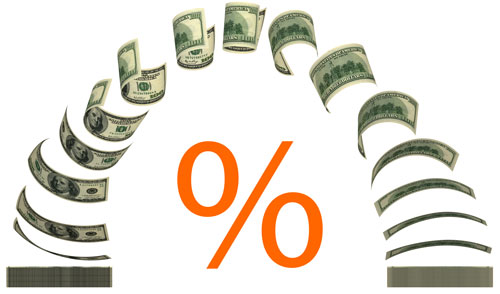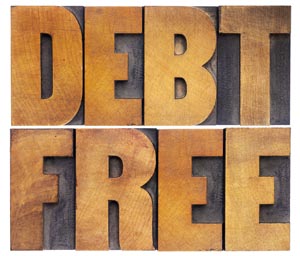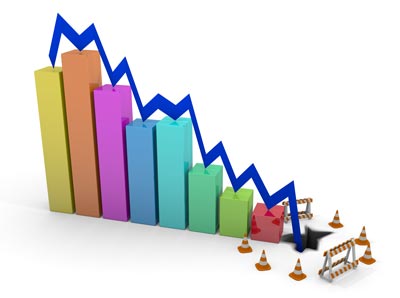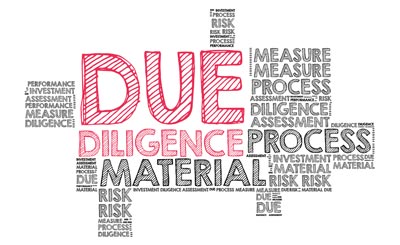More
A derivative is a complicated (risky) investment alternative which is built to some extent on speculation. It is essential to know what you are doing and to be well informed about trading in securities. The derivative provides an opportunity for increased return or reduced risk -- you just have to choose. An investor can obtain growth in the value of her or his portfolio but at the same time be exposed to new risks, e.g., market risks (if the underlying value "goes in the wrong direction") or credit risks (if the counterparty cannot pay).
The two most common types of derivatives are:
- Futures: A buyer and a seller agreed on price, terms and conditions for payment and delivery of a specific asset on a specific day in the future.
- Options: There are two main types of options. The "offeror" (i.e. person or company) who grants an option can either sell an opportunity to purchase or buy an opportunity to sell an asset. The former is commonly named "call option" and the latter a "put option". The buyer of the option pays a fee (a premium) for the right to buy or sell the asset. The buyer obtains the right, but not the obligation, to purchase or sell the asset on terms and conditions agreed upon in advance, at an agreed price, and with delivery at a specific point in time. The person who sells and gets the premium for the option, by contrast, is forced to sell or to purchase the asset if the option is exercised.
How does this work? Derivatives can be as complex as you wish, but in brief the derivative gives an investor an opportunity to manage risks, that is, to choose if she or he wants to increase or to reduce the risk in her or his securities portfolio. For example, by purchasing a put option an investor in shares can sell the shares on a specific day at a price determined today and thereby obtain protection against a downturn on the securities exchange which she or he fears may occur.
Similarly, an investor can obtain a lever on her or his holdings by purchasing a call option to buy a specific share on a specific day at a price determined today. The option will be exercised if the exchange goes up and the price exceeds the price the investor has the right to purchase the share for. If the stock exchange goes to the wrong direction, the investor in these two examples will not exercise the option, and will hence lose the capital which was used for purchasing the options.
Derivatives are purchased and sold in precisely the same way as other liquid securities. The derivatives market is a large, global market which performs an important function in the financial system. The opportunities for combining protection and a lever are in reality very much more complicated than in the examples above.
Trade in derivatives takes place partly on regulated securities exchanges and partly OTC (over the counter). OTC means that the buyer and the seller carry out the transaction directly between themselves and determine the price and terms and conditions without oversight from a securities exchange. On a securities exchange the trading is transparent, with known prices, terms and conditions, and delivery dates. Generally speaking, the liquidity is better on a securities exchange, that is it is easier for find a buyer/seller and to make a deal











